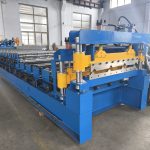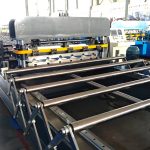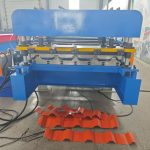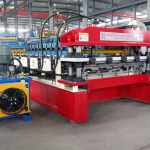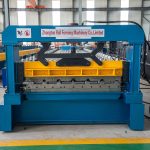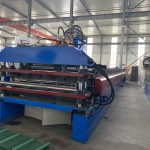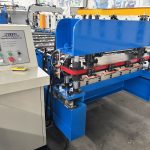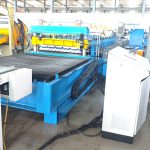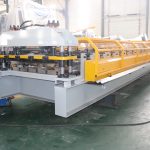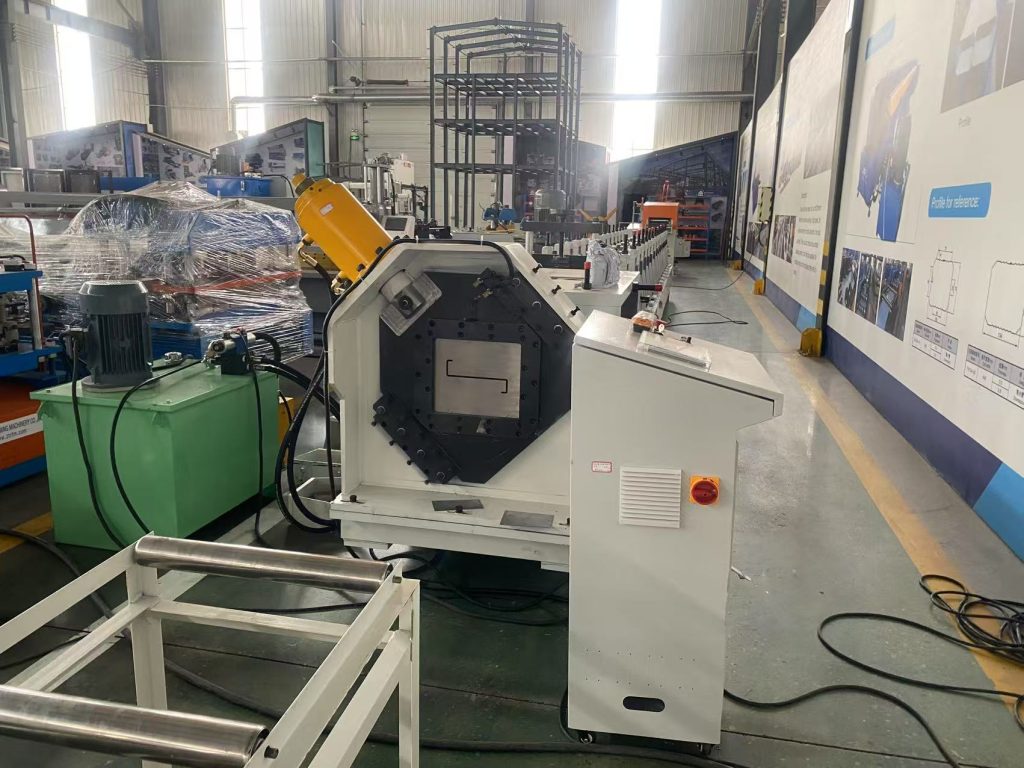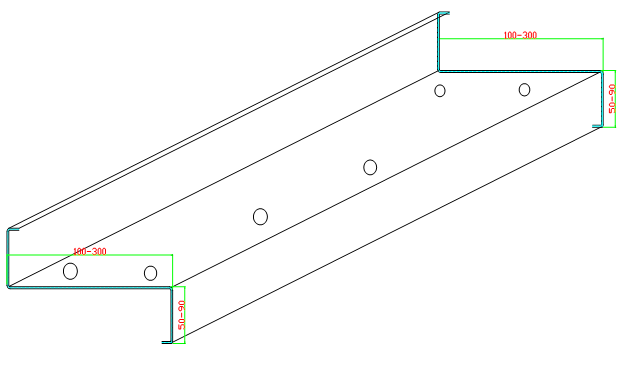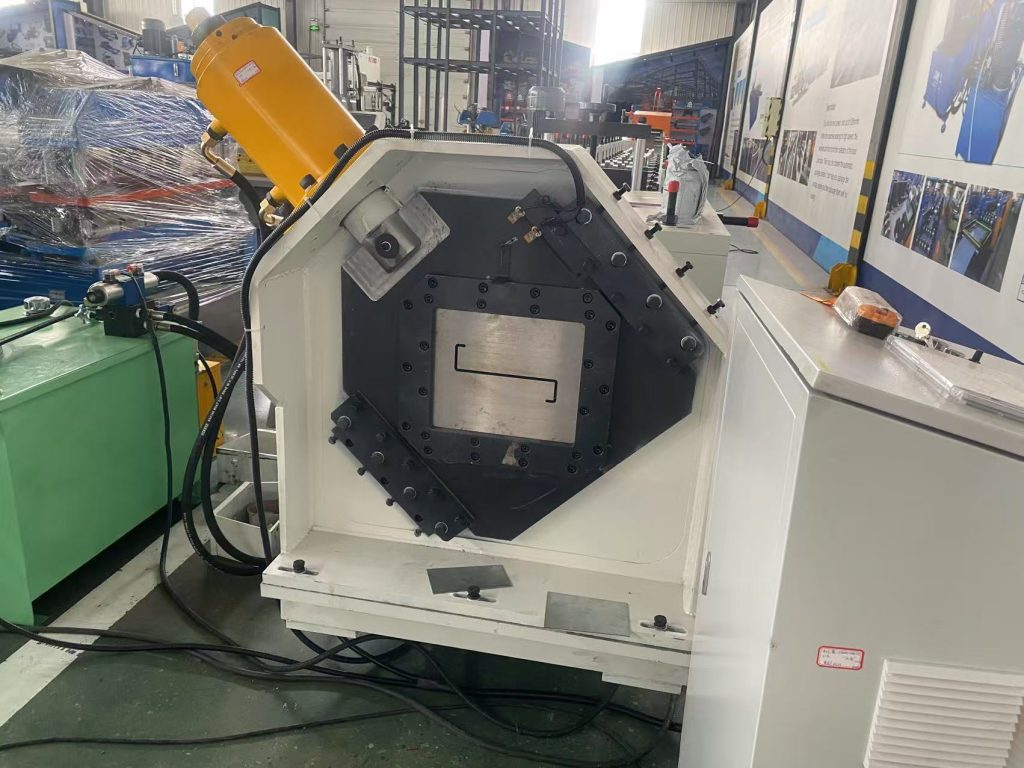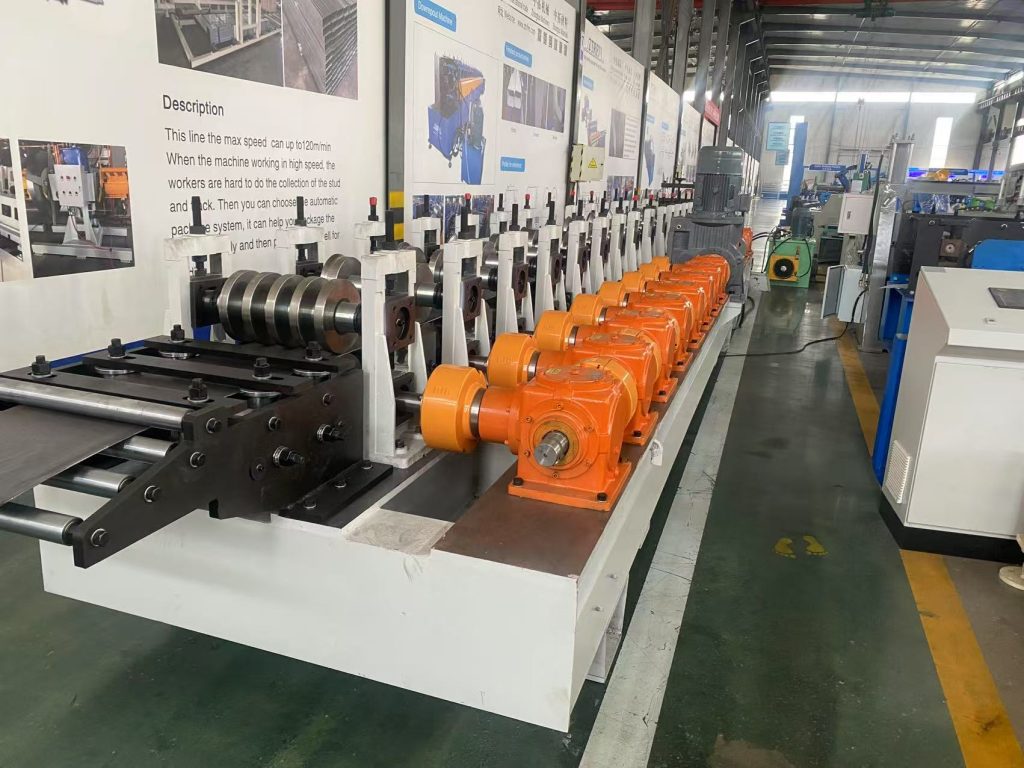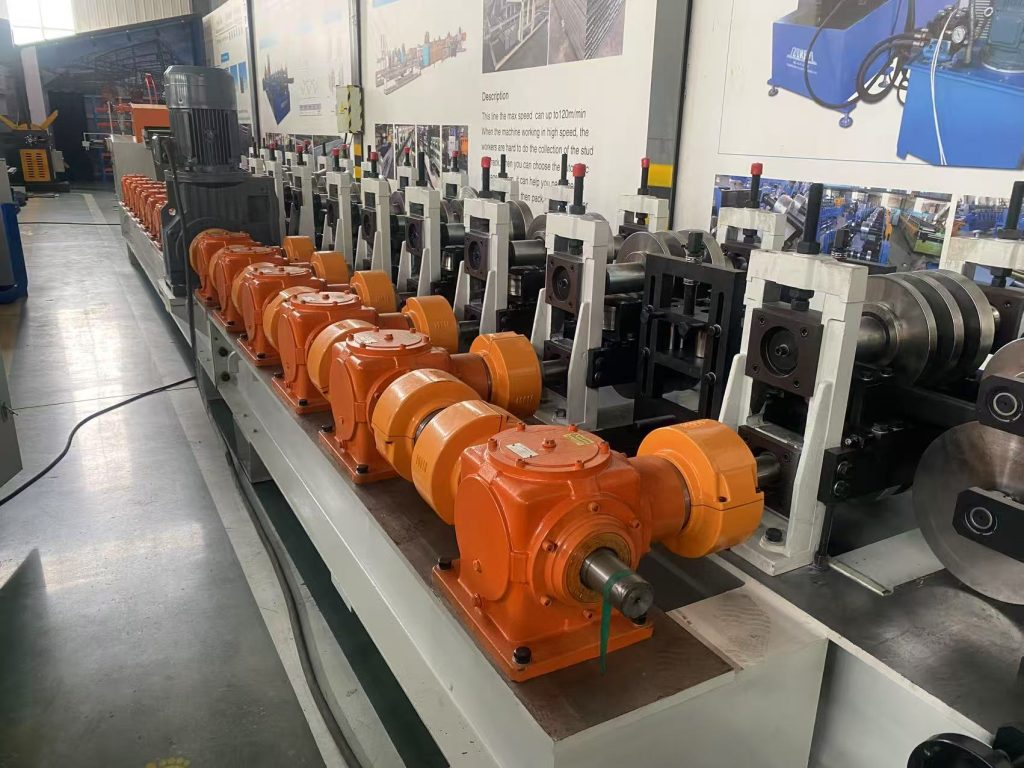Applications:
1.Architectural field
(1)Steel structure workshop: Z-shaped steel is widely used as purlins and wall beams for roofs and walls, and its good bending and compressive properties can withstand large loads, provide stable support for the plant, and ensure the safety of the plant structure. At the same time, in the large-span steel structure workshop, Z-shaped steel can be combined into a lightweight roof truss or bracket by bolting and other methods, which not only saves the amount of steel, but also speeds up the construction progress and improves the construction efficiency.
(2)Civil housing: In the construction of some prefabricated houses or light steel villas, Z-shaped steel is used as a structural component to participate in the construction of the main frame of the house, because of its quick and convenient installation, it can shorten the construction period, and can ensure the structural strength and stability of the house, and provide residents with a safe and comfortable living environment.
2.Industry & Mechanical Engineering
(1)Equipment Supports & Frames: Z-beams are an ideal material choice for manufacturing equipment such as machine tool bases, storage facility supports, and more. It has the advantages of high strength and light weight, which can not only ensure the stability and reliability of the equipment bracket, support the normal operation of the equipment, but also reduce the overall weight of the equipment, facilitate installation and movement, and improve the practicability and convenience of the equipment.
(2)Mechanical parts manufacturing: In the production of mechanical parts, such as columns, beams, arms and other load-bearing parts, Z-shaped steel can effectively replace traditional channel steel, which can save about 30% of the material cost on the premise of ensuring the mechanical properties of the parts, and at the same time, because of its good processing performance, it can meet the manufacturing process requirements of complex mechanical parts and improve the performance and quality of mechanical products.
3.Bridges & Infrastructure
(1)Bridge deck support: In bridge construction, Z-shaped steel is used for bridge decks, beams and guardrails, etc., which can withstand the load of bridge deck vehicles, and its excellent bending performance ensures that the bridge maintains structural stability during long-term use and ensures the safe passage capacity of the bridge.
(2)Highway facilities: Z-beams are also used in highway guardrails, isolation piers and other facilities. With its bending resistance, it can effectively absorb energy, reduce the impact of collision, improve the protection ability of highway facilities, and ensure driving safety in unexpected situations such as vehicle collisions.
4.Other areas
(1)Solar brackets: With the booming solar industry, Z-beams are often used to make solar brackets. It can be customized according to different installation environments and solar panel specifications to provide stable support for solar panels, ensure that solar panels can accurately face the sun, and improve the efficiency of solar energy collection.
(2)Shelving system: The shelving system in the warehousing and logistics industry is made of Z-beam steel in large quantities. The high strength and flexibility of Z-beam make it possible to meet the storage needs of different goods, build a stable and practical shelf structure, and improve the utilization of storage space.
(3)Agricultural greenhouses: In the agricultural field, Z-beams are used to build the skeleton of agricultural greenhouses. It has a certain corrosion resistance, can adapt to the agricultural production environment, provide a reliable support structure for greenhouses, protect crops from natural disasters such as wind and rain, and promote the stable development of agricultural production.
Product Attributes :
|
1.Formed Material
|
PPGI,GI,AI
|
Thickness:1.5-3mm
|
||
|
2.Decoiler
|
Hydraulic automatic decoiler
|
Manual decoiler(will give you as free)
|
||
|
3.Main body
|
Roller station
|
12 rows(As your requirement)
|
||
|
Diameter of shaft
|
80mm solid shaft
|
|||
|
Material of rollers
|
Gcr 15 with quenched teeatment
|
|||
|
Machine body frame
|
Metal steel welded
|
|||
|
Drive
|
Gearbox transmission
|
|||
|
Dimension(L*W*H)
|
9500*800*1200(customize)
|
|||
|
Weight
|
About 7T
|
|||
|
4.Cutter
|
Automatic
|
cr12mov material, no scratches, no deformation
|
||
|
5.Voltage
|
380V 50Hz 3Phase
|
As your requirement
|
||
|
6.Control system
|
Electric Box
|
Customized(famous brand)
|
||
|
Language
|
English(Support multiple languages)
|
|||
|
PLC
|
Automatic production of the whole machine. Can set batch, length, quantity, etc.
|
|||
|
7.Forming Speed
|
60-70m/min(customized)
|
The speed depends on the shape of the tile and the thickness of the material.
|
||
Product Introduction:
In the field of modern industrial manufacturing, many machinery and equipment have jointly built a complex and efficient production system, among which the Z-beam machine occupies an extremely important position due to its unique performance and wide applicability. Z-beam machine is a professional equipment specially used to process sheet metal into specific Z-section steel, which plays an irreplaceable role in many industries such as construction, machinery manufacturing, transportation, etc. Z-beams are often made up of several key parts working together. The unloading system, as the starting link, consists of a passive unwinding rack and a discharging rack base, which is used to feed the sheet metal smoothly and accurately into the subsequent processing process, ensuring that the feeding process is stable and unbiased. The leveling device uses multi-roll leveling technology to level the fed plate in an all-round way, eliminate the deformation generated during transportation or storage, and provide raw materials for the subsequent molding process with the flatness up to standard. The material, manufacturing accuracy and heat treatment process of the rolls, such as the use of Cr12 steel quenching treatment to improve hardness and wear resistance, are directly related to the forming quality of Z-shaped steel. The punching unit can precisely punch holes in a variety of sizes, positions and numbers in the formed Z-beam, depending on the actual requirements. The forming and cutting device uses hydraulic shearing to cut the Z-beam to a pre-set length to ensure the consistency and accuracy of the product dimensions. In addition, the hydraulic station provides power for the hydraulic system of the entire equipment, and the computer control cabinet adopts advanced PLC frequency conversion control technology to achieve precise control of all aspects of the equipment, and the operator can easily set the processing parameters on the control cabinet to achieve automated production. When working, the metal sheet is sent to the leveling device from the discharging frame through the discharging system, and after leveling, it enters the forming host to complete the Z-type pressing, if there is a punching demand, it enters the punching device, and finally is cut off into a finished product output at the forming and cutting device, and the whole process is closely connected, and it operates efficiently based on the plastic deformation principle of the metal plate.
Significant advantages:
1.First, the efficient improvement of production efficiency
The automated production mode of the Z-beam machine is the core guarantee of its efficient production. From the unwinding and leveling of the metal sheet, to the Z-shaped forming, punching, and finally cutting, the whole process does not require too much manual intervention, and all links are closely connected and run at high speed. For example, the typical production speed of about 9 m/min can far exceed that of conventional manual processing or semi-automated equipment in the same time. For large-scale production orders, this efficient performance significantly shortens the production cycle, helps companies respond quickly to market demand, improves order delivery capabilities, and thus occupies a favorable position in the fierce market competition.
2.Second, the precise control of processing accuracy
The state-of-the-art technical configuration provides a solid basis for the precise machining of Z-beams. The PLC frequency conversion control technology can accurately control the operating parameters of the equipment, such as forming speed, cutting length, punching position, etc., and the control accuracy can reach the millimeter level. At the same time, key components such as rolls manufactured with high precision are quenched with Cr12 steel and have a hardness of up to 55°-60° to ensure that they are not easy to deform during long-term processing, ensuring the dimensional consistency and shape accuracy of Z-beams. This allows every Z-beam produced to meet the design standards strictly, which greatly reduces the defective rate and provides a reliable guarantee for subsequent installation and use.
3. Flexibility and diversity of customization capabilities
In the face of the diverse needs of different industries and different projects, Z-beam machines show strong flexible customization capabilities. In terms of specifications and dimensions, they can be precisely adjusted according to specific requirements. In terms of function, the equipped punching device can punch out various specifications, positions and numbers of holes according to the needs to meet the connection needs of different installation scenarios. Whether it’s special purlins in construction or special components in machine building, Z-beams can handle them with ease and offer individual solutions to their customers.
4.Fourth, the significant optimization of cost control
Z-beam machines have obvious advantages in terms of cost control. On the one hand, its efficient material utilization reduces sheet metal waste. During the processing process, the sheet can be fully utilized through precise forming and cutting control, and the material loss rate can be reduced by 10% to 15% compared to traditional processing methods, which directly reduces the cost of raw materials. On the other hand, automated production reduces the dependence on labor, which not only reduces labor wage expenses, but also avoids the increase in costs caused by manual operation errors. At the same time, the stable operation of the equipment reduces the downtime, reduces the maintenance cost, and comprehensively improves the economic benefits of the enterprise.


